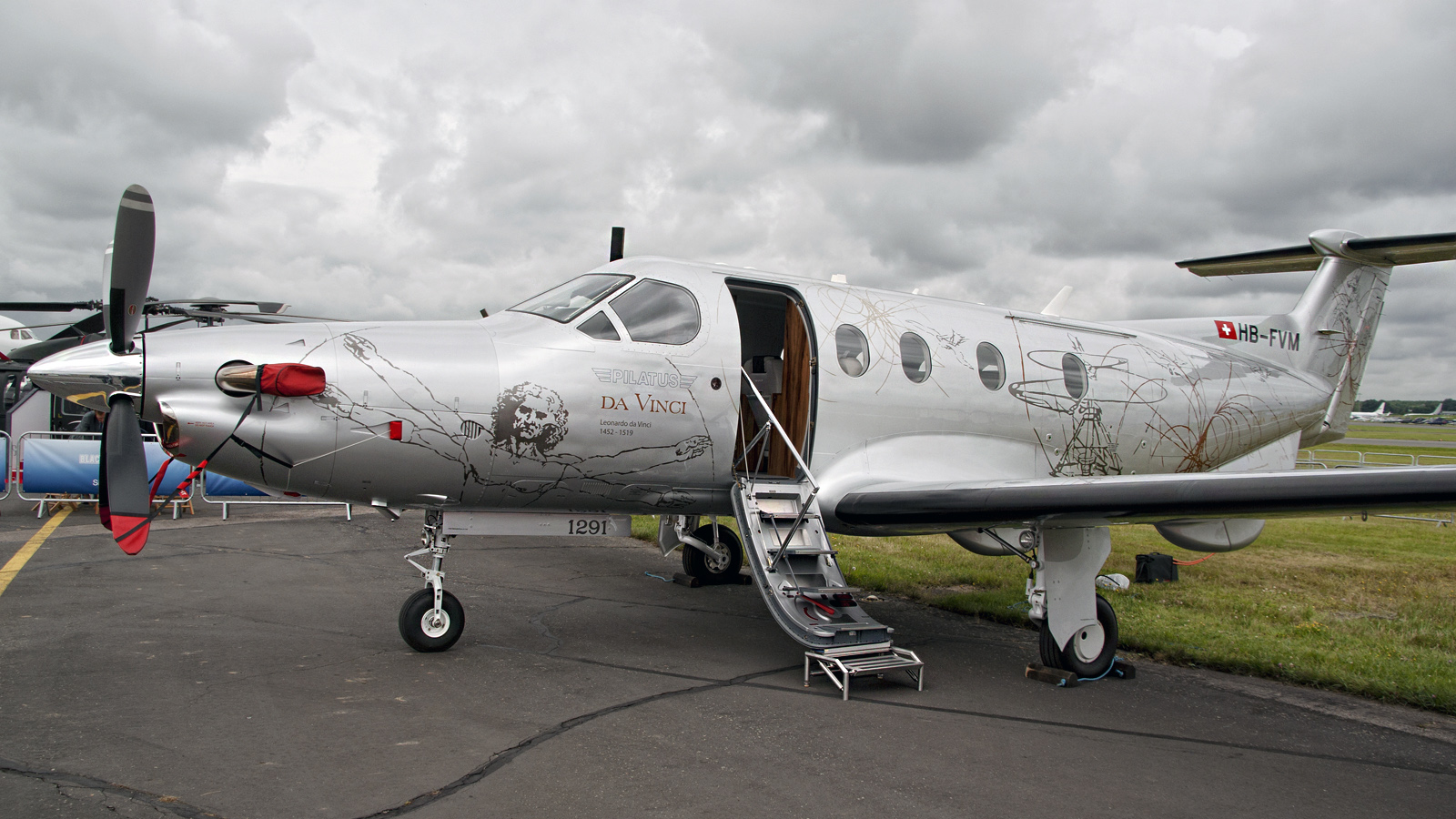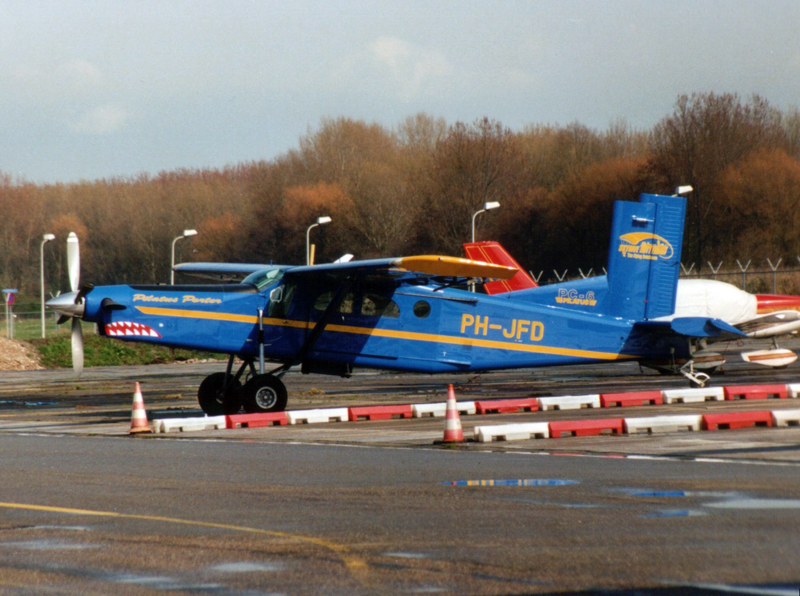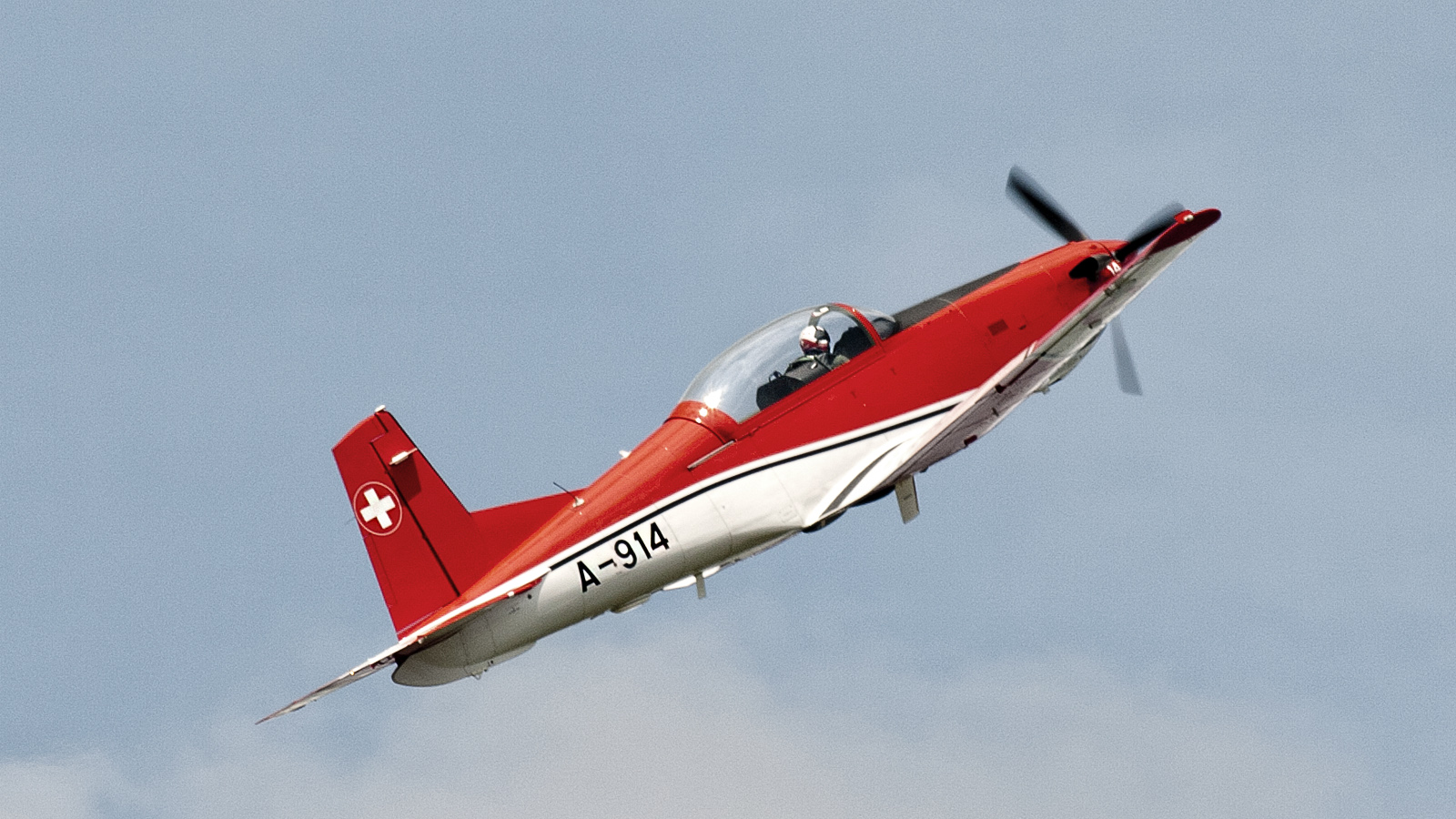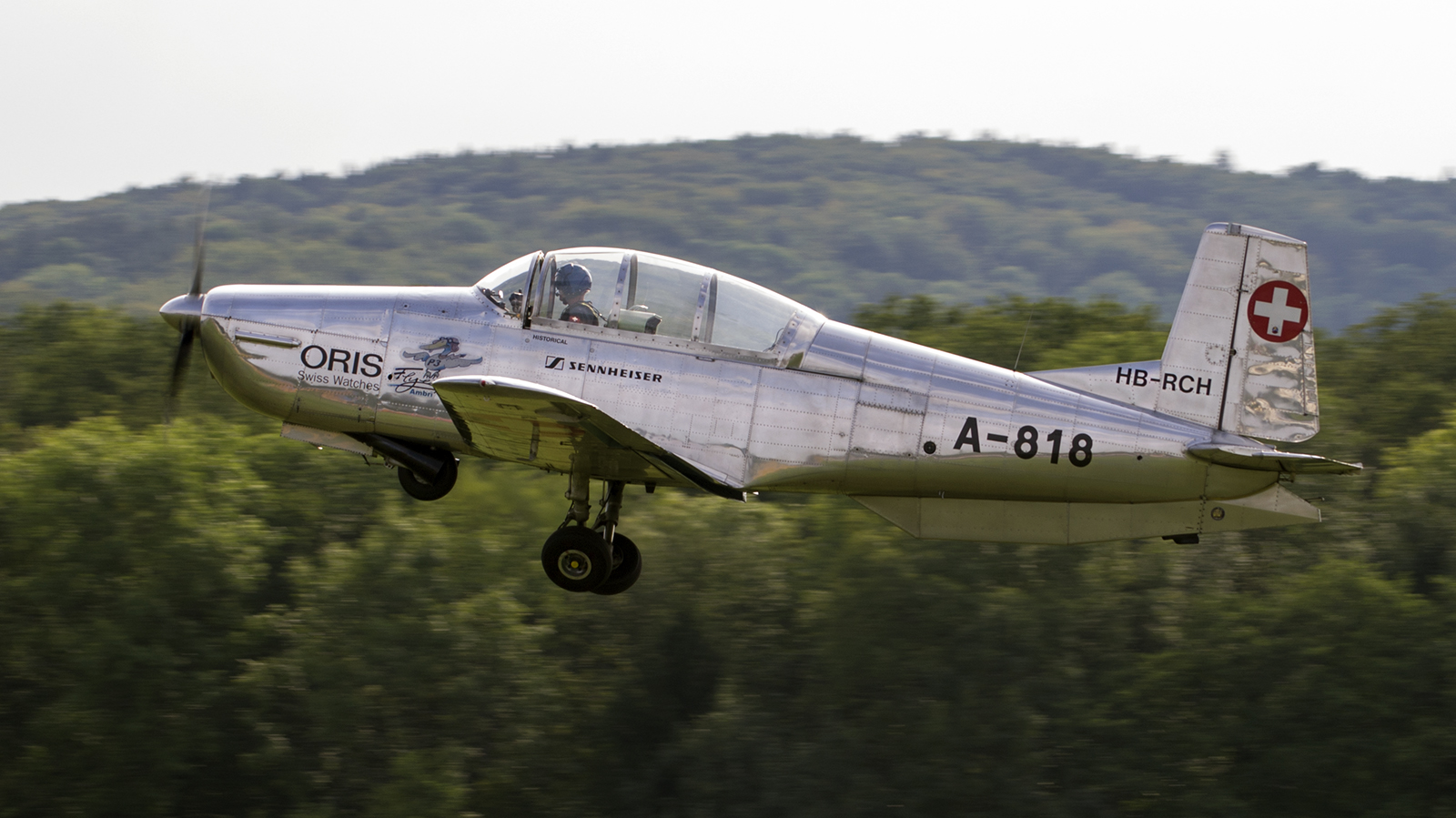
The Swiss Pilatus PC-12 is a single engine turboprop. It is the latest in a line of single engined PT6 powered Pilatus products.
Most PC-12s built thus far have been corporate transports but recent important regulatory changes in Australia, Brazil, Canada and the USA have cleared single engine turboprops for IFR RPT operations in those nations. This has opened up new potential markets for the PC12 as a regional airliner, replacing older King Airs and elderly piston twins such as the Navajo Chieftain and Cessna 400 series.
Developing nation: Switzerland.
Manufacturer/designer: Pilatus Aircraft.
Production Lines: Stans-Buochs.
Type aircraft: single-engine turboprop passenger and cargo aircraft.
First flight: 31 May 1991.
First delivery: 1994.
Number built: 1,200+ (by Late 2012)
Variants
- PC-12/41 – Original production variant certified in 1994 has a Pratt & Whitney Canada PT6A-67B engine. Most, if not all of the /41s have been upgraded to /45s.
- PC-12/45 – Certified in 1996 has a Pratt & Whitney Canada PT6A-67B engine, maximum takeoff weight increased to 4,500 kg (9,921 lb).
- PC-12/47 – Certified in 2005 has a Pratt & Whitney Canada PT6A-67B engine, maximum takeoff weight increased to 4,740 kg (10,450 lb).
- PC-12/47E – Variant certified in 2008 has upgraded avionics and a Pratt & Whitney Canada PT6A-67P engine. Sometimes known by its trade name PC-12 NG (Next Generation)
- PC-12M Spectre – Paramilitary special missions platform marketed in the United States, originally called “Eagle”.
- U-28A – United States military designation for the PC-12.
General characteristics
- Crew: one or two pilots
- Capacity: 9 passengers standard, 6-8 executive
- Payload: 1,500 kg (3,502 lb)
- Length: 14.40 m (47 ft 3 in)
- Wingspan: 16.23 m (53 ft 3 in)
- Height: 4.26 m (14 ft 0 in)
- Wing area: 25.81 m² (277.8 ft²)
- Empty weight: 2,761 kg (5,867 lb)
- Loaded weight: 4,700 kg (10,450 lb)
- Max. takeoff weight: 4,740 kg (10,450 lb)
- Powerplant: 1 × Pratt & Whitney Canada PT6A-67B or -67P turboprop, 895 kW (1,200 shp)
- Maximum landing: 4,700 kg (10,450 lb)
- Maximum payload full fuel: 539 kg (1,189 lb)
- Tail wingspan: 5.20 m (17 ft 1 in)
- Propeller: Hartzell HC – E4A – 3D/E10477K – 4 blade aluminum
- Propeller diameter: 2.67 m (8 ft 9 in)
- Propeller RPM: 1,700 rpm
Performance
- Cruise speed: 500 km/h (312.5 mph/270 KTAS/280 KTAS @ 20000 ft (PC-12NG))
- Stall speed: 120 km/h (74.8 mph/ 65 KCAS/66 KCAS (PC-12NG))
- Service ceiling: 9,150 m (30,000 ft)
- Rate of climb: 512 m/min at sea level (1,680 ft/min)
- Wing loading: 174.3 kg/m² (35.7 lb/ft²)
- Power/mass: 3.7 kg/shp (8.2 lb/shp)
- Range 0 passenger: 4,149 km (2,593 mi) (2,239 nm)
- Range 9 passenger: 2,804 km (1,753 mi) (1,513 nm)
- Takeoff distance over 15 m (50 ft) obstacle: 701 m (2,300 ft)
- Takeoff distance ground roll: 450 m (1,475 ft)
- Landing distance over 15 m (50 ft) obstacle: 558 m (1,830 ft)
- Landing distance ground roll: 228 m (945 ft)
Avionics
Honeywell Primus APEX (PC-12NG)

All pictures courtesy of Zijde Aviation Photo and Publishing, Rob Vogelaar


